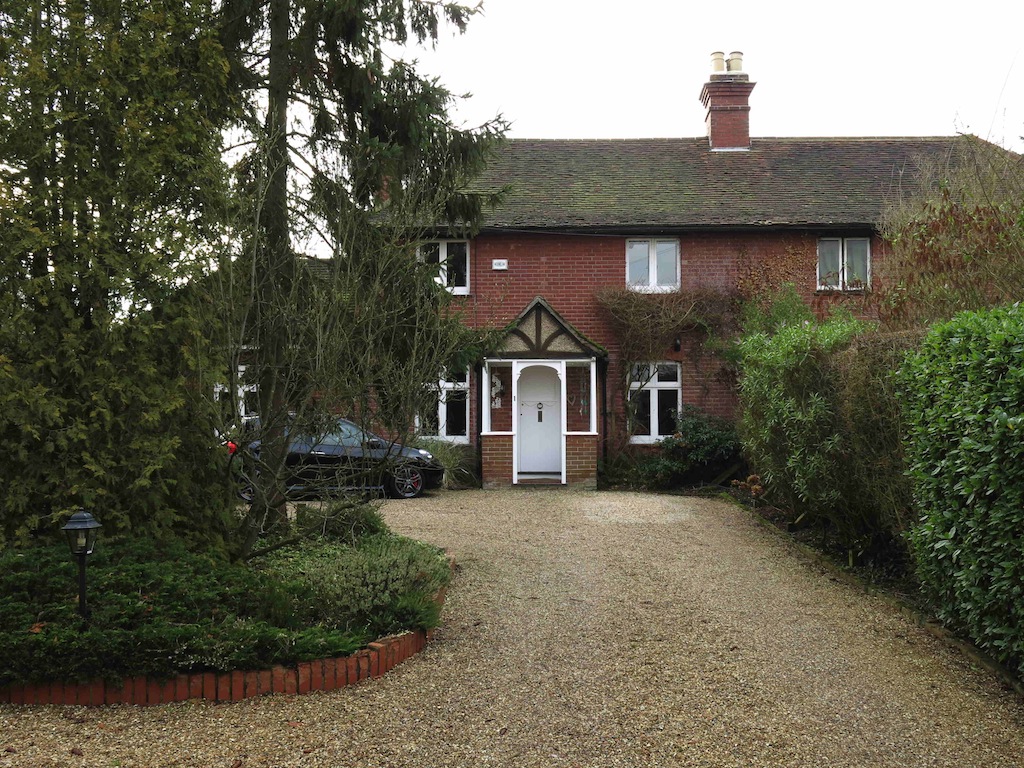Hello
First let me apologise for the long post, I have attempted to include as much pertinent information as I am able, and as a result it has continued to grow. Secondly, I must admit to my ignorance of sound; let me say that I find the whole subject as perplexing as chemistry, so please be patient.
The problem I have is that I am plagued at night by a Low Frequency Noise (LFN) which constitutes an incessant pulsing but at a low volume. (This has been going on now for some three years and I am truly exhausted through the lack of sleep). I have ask the local council to help, but they have no real idea how to assist, and I have spoken with several sound consultants (but their fees are extraordinary and quite simply out of my league); nevertheless, they have confirmed from my description it is indeed a LFN; several visitors to my house have also confirmed that what I am hearing is not a fiction or an aberration of my hearing (the LFN is only audible within the property).
The sound is able to travel through walls and remain at a constant volume from one side of the property (a small cottage) to the other.
I have made many a search on the internet and found a video of a guy who has a very similar problem https://www.youtube.com/watch?v=hBi-rtWd-yA, so in an attempt to copy his example I bought the following:
Behringer ECM8000 Omnidirectional Measurement Condenser Microphone (15hz to 20 khz)
Stagg SMC6 6 metre standard microphone cable
Chord (UK version) Phantom Power Unit 173.077UK
LogiLink USB to XLR Microphone Adapter Cable
Which I have plugged into an iMac (Mid 2010- OS 10.8.2) and use Audacity (2.0.2) to try and record the noise. (System Preferences/ Sound/ Input/ Input Volume maximum), I might add that the iMac is in a different room from the microphone in an attempt to isolate the microphone from any noise that the computer might make.
To be honest playing any of the recordings of the LFN at normal volume just produces a quiet hiss; nevertheless, after making my recordings then using the example on the video, I have played around with the equalizer (I don’t know what I am doing, just sliding sliders up and down) and found that if I slide all the sliders down then slowly go from one end to the other moving each slider in turn to listen for any sound I have found that between 61Hz to 100Hz I can hear a noise, at first this was exceptional as I thought I had cracked it and could take my findings to the council and ask them to investigate as they have refused to investigate given they are unable to hear the sound.
However, on the few days there has been no LFN and the house has been still (that is to say: no central heating, no TVs or Radios; I live in a rural area so there is very little regular traffic noise, no power lines, or tunnels underground, nor aeroplanes/ flight paths and given the length of time that this LFN lasts (anything up to 8 hours)) I can rule out transport) I have made recordings using the same method as described above, then following the example from the video, unfortunately I still get the same noise once I apply the equalizer, which cannot be right, if I cannot hear it why would I be getting the same result when I have made recordings during those times I do hear it? So I must be doing something wrong with Audacity.
I will attach two recordings one where I can hear the LFN and one where (as far as I am concerned) there is silence and I wonder if any of you might be able to help, surely the microphone should be able to capture a sound if the sound is above 15hz (from what I read our ears can only hear down to about 20hz, but if the LFN is at 60hz, 100hz or 150hz or anywhere in between so surely by increasing the system volume to maximum then adjusting the equalization sliders I should be able to isolate it?), regardless of if that is so, why am I getting the same result with two different recordings?
Both files are 8 second clips Exported from Audacity in WAV (Microsoft) signed 16 bit PCM (I have no clue what that means, but I hope it will suffice).
So after all that, if you know a way I can capture the LFN with the equipment I have, or indeed if I have captured the LFN and you know a way to help isolate it beyond that which I am currently doing then, well let me put it this way, that will be extremely decent of you.



